Share This Story, Choose Your Platform!
The terms Palestinian and Palestine pass our lips as a matter of course today. But the term Palestine has undergone an interesting evolution.
It first appeared in the 12th century BCE. On a temple wall in Madinat Habu, the Egyptian pharaoh Ramses III praised his victory over his Syrian neighbors. Among the defeated he mentioned Philistaea.[1]
Ancient authors
In the 5th century BCE, the Greek traveler Herodotus of Halicarnassus wrote of Συρία (ἥ) Παλαιστίνη/Syria (hae) Palaestine, the “Palestinian Syria” (I,105,1). He considered the coastal strip “as far as Egypt” (VII,89,2) as part of Syria. As inhabitants of this area the historian knew “Phoenicians and Syrians in Palestine” (II,104,15).
Up to the 2nd century CE, political authors used exclusively the provincial name Ιουδαία/Judaea for the area. They considered the coastal plain on the eastern edge of the Mediterranean as part of Phoenicia.
“Palestine” as translation of the biblical term “Israel”?
The term Palestine is commonly assumed to be a derivation from the “land of the Philistines”, Hebrew פְּלֶשֶׁת/Peleshet. The British archeologist David Michael Jacobson[2], however, has pointed out that the term may have a different origin.
Genesis 32:23-33 tells of Jacob’s battle at the Jabbok. The result of this event was not only that the progenitor of the chosen people limped, but also a new name: Israel. The biblical text explains the meaning of this name in verse 29: “you have struggled with God and with men and stood firm.”
Jacobson observes that the second-century BCE Greek translation of the Hebrew Bible, commonly known as the Septuagint (LXX), uses the Greek verb παλαίω/palaeo in verses 25 and 26 stating that Jacob became involved in a wrestling match with a stranger.[3]
Next, Jacobson sees that the ancient authors use the term Παλαιστίνη/Palaestine to refer not so much to the land of the Philistines as to the entire land of Israel, which is much larger. Finally, he notes on purely philological grounds how close Παλαιστίνη/Palaestine is to the noun παλαιστής/palaestes (= wrestler)[4]: Both words “share seven letters in a row, including a diphthong”.
Based on this factual situation, the Orientalist arrives at the hypothesis that the geographical term Παλαιστίνη/Palaestine may have originated as a Greek pun, combining a translation of the Hebrew name ישראל/Yisra’el with the phonetic similarity of פְּלֶשֶׁת/peleshet, the land of the Philistines. According to Jacobson, “In Greek eyes, the people of Israel were descendants of an eponymous hero who was a god wrestler” (παλαιστής/palaestaes).
Palestine as an anti-Jewish concept
When Hadrian, then, after the second Jewish revolt under Shimon Bar Kochba in 135 CE renamed the province of Judea[5], Jacobson suggests, his “choice of Syria Palaestina may be more correctly seen as a rationalization of the name of the new province, in accordance with its area being far larger than geographical Judea.”
However, Rome’s emperor did not only introduce the name Palestine as a political term. He also renamed biblical Shechem to be Neapolis. Since Arabs cannot distinguish B and P, the city is called Nablus to this day. Jerusalem was transformed by Hadrian into a military colony called Aelia Capitolina. As a result, after the Arab conquest in the 7th century, the city was called Iliya. On the Temple Mount Hadrian built a temple to Jupiter, and on the site of the present Church of the Holy Sepulchre a temple to Venus. On pain of death Jews were prohibited access to the Holy City.
Therefore, it is quite reasonable to assume that after the Bar Kochba uprising, the Roman emperor wanted to break the resistance of the Jewish people and their connection to the land of Israel.[6] In any case, since that time the term Palestine has carried the stigma of wanting to erase any Jewish claim to ארץ ישראל/Eretz Yisra’el.
In rabbinic literature the name פְּלַסְטִינֵי/Pelastinei (= Παλαιστίνη/Palaestine) occurs very rarely.[7] In 333 AD, the Pilgrim of Bordeaux stated: “Once the Hebrews inhabited Judea, which with us is called Palestine”.[8]
The 19th century shaped Christian editions of the Bible…
Travel guides from the second half of the 19th century and the first half of the 20th century called the area between Egypt and Mesopotamia Palestine. At that time, however, it was a geographical term, comparable to the terms Black Forest, Alps or North German Plain.
Scholars referred to themselves as Palästinaforscher (scholars of Palestine). The German professor of theology Gustav Hermann Dalman wrote books on “Work and Customs in Palestine”[9] or the “Palestinian Divan. A Contribution to the Folklore of Palestine”.[10] He was a professor of Palestine studies in Greifswald and editor of the journal “Palästina-Jahrbuch” (Palestine Yearbook).
From this period originate the designations on maps in old Luther Bibles that speak of “Palestine in Old Testament times,” “Palestine in New Testament times,” or “Palestine from a bird’s eye view.”[11] The Privilegierte Württembergische Bibelanstalt in Stuttgart published a “Palestine Picture Bible” in 1913.
…and a translation of the Talmud into English
The 30-volume Hebrew-English edition of the Babylonian Talmud, published by Soncino Press in London between 1960 and 1990, did not translate the Hebrew term ארץ ישראל/Eretz Yisra’el as “Land of Israel,” but consistently rendered it as “Palestine.”
The term Palestinian in its current meaning for an ethnic community does not appear in the guidebooks of the 19th and early 20th centuries. The Arabs – according to Jesaias Press in his “Neues Palästina-Handbuch” (New Palestine Handbook) of 1934 – “make up about three-quarters of the population and are divided into Madain (townspeople), Fallachin (fellahs, farmers), and Bedouin (desert dwellers, nomads).”[12]
The Arabs…
“The nomadic Bedouins” – undoubtedly most interesting for the Palestine researchers of the early 20th century – “have preserved the Arabian character most purely. They call themselves el-Arab, meaning Arabs.”
“The Arab villagers are called fellahs (from the Semitic word falah = to work the soil),” continues Jewish guide Sev Vilnay.[13] They are “not pure Arabs. They have mixed for generations with the remnants of various ethnic groups that were resident in Palestine, including Jewish elements.”
Vilnay teaches about the third group of Arab inhabitants of Palestine: “The urban Arabs (madaniye) are also not pure Arabs. In the big cities live some prestigious families who consider themselves the descendants of those Arabs who conquered the land.”
…and other inhabitants of Palestine
As population of Palestine, these travel guides of about one century ago mention Jews, divided into Sephardim, “who speak a corrupted Spanish”, and “Ashkenazim who speak the well-known Jewish German”[14], furthermore Druze, Samaritans, Nosairians[15], the Shiite Metaviles “who live in several villages of Upper Galilee”, Ismailians and Christians.
“The Syrians are descendants of the oldest inhabitants of the land,” writes Jesaias Press[16], “they are, especially in southern Palestine, usually so heavily Arabized that it is almost impossible to draw a sharp line between them and the Arabs. They live in Jerusalem, Bethlehem, Beit Jallah, Ramallah and neighboring villages, Ludd and Gaza. They are especially numerous in Galilee.”
In addition, there is talk of Turks, Turkmen, Kurds, Circassians, who have “retained their language, their old customs and even their Caucasian costume,” as well as Berbers, Moroccans, Algerians, Tunisians, “Nubians and Negroes” from Africa.
Other contemporary witnesses encountered Persian sectarians, Armenians, Egyptian Copts, Abyssinians, Greeks, and Italians “who adopted Oriental customs,” as well as British, Americans, and especially Germans – “mostly Swabians” – who lived in the Holy Land.
“Palestinians” or “Palestinian Arabs”?
The oldest occurrence of the term Palestinian as an ethnic designation I have found so far is in the travelogue of the German Palestine traveler Paul Fleischmann[17]. He explored the Levant coming from Egypt during the time of the dedication of Jerusalem’s Lutheran Church of the Redeemer. Sometime during the late 19th or early 20th century, this protestant pastor noted that the “character of the Palestinian” was “not quite easy to portray.”
The term “the Palestinian Arabs” is then used by the Jewish geographer Zev Vilnay[18]. He knew that “the Palestinian Arabs” “during the thirteen centuries of their Palestinian residence [were] neither politically organized nor did they have special aspirations distinct from those of the Arabs of the neighboring countries. It was only since the British occupation that national currents emerged in Palestine as well and the Arabs of the country began to organize themselves.”
The Palestine Mandate of the League of Nations
On July 24, 1922, the League of Nations had declared the “territory of Palestine, formerly part of the Turkish Empire” a British Mandate.[19] With reference to the Balfour Declaration of November 2, 1917[20], the objective of this Mandate was “the establishment in Palestine of a national home for the Jewish people.”
Originally, this League of Nations mandate included not only the territory of the present State of Israel and the Palestinian Authority, but also the entire territory of Jordan. The Mandate Declaration of July 24, 1922 spoke of the area “between the Jordan and the eastern boundary of Palestine.” Thus, when the PLO later described Palestine as the territory that the League of Nations entrusted to the British as a mandate after World War I, this also included Transjordan, now-a-day’s Jordan.[21]
Palestine as South Syria
During the UN General Assembly debate on the partition plan in 1947, the Syrian delegate pointed out that Palestine was a Syrian province. There are geographic, historical, ethnic and religious connections, he said. Without the Balfour Declaration and the Palestine Mandate, there would be no difference between Palestinians and Syrians.[22] This is a way of thinking that is still common today among long-established inhabitants of the Levant.
During the period of the British Mandate until 1948, any person with Palestinian citizenship was referred to as a Palestinian, regardless of ethnicity or religious affiliation. Only the identification of the Jews in Palestine as Israelis left the adjective Palestinian unused and allowed Palestinian Arabs to claim it exclusively for themselves.[23]
The Emergence of the State of Israel
During Israel’s War of Independence, there were Arabs who fought against the political ambitions of the Jewish people. In the 1950s, it were Fedaiyoun who penetrated Israel from the Egyptian-occupied Gaza Strip and the Jordanian-occupied West Bank.
The PLO was founded in 1964 at the instigation of Egyptian President Gamal Abdel Nasser. Its first secretary-general, Ahmad Shuqairi, had been born in southern Lebanon in 1907 to an Arab father and a Turkish mother. From 1957, Schuqairi was minister of state in Saudi Arabia and also represented that country at the United Nations.
The evolution from Nasserian pan-Arabism to Palestinian nationalism becomes clear comparing the original version of the Palestinian National Covenant, adopted in East Jerusalem in June 1964, with its version that was revised in Cairo on July 17, 1968.
In 1948, the United Nations Relief and Works Agency (UNRWA) used the term Arab refugees and not Palestinians. Before 1967, as long as the West Bank and East Jerusalem were occupied and then annexed by Jordan and the Gaza Strip was administered by Egypt, no one called for a Palestinian state because the existence of a Palestinian nation was unknown to the world.[24]
Palestinians as an ethnic entity
As a designation of an ethnic entity, a people, the term Palestinian first appeared in the German-speaking world after World War II in the final weeks of 1974. After Arafat’s speech to the UN General Assembly on November 13, then German Ambassador to the United Nations, Rüdiger Freiherr von Wechmar, referred to the demand for a right of self-determination for “the Palestinian people.”[25]
Nevertheless, almost simultaneously with his appearance before the UN, Yasser Arafat answered the question “What is Palestine? Who does it belong to?” with the words: “We are not interested in borders. Palestine is just a tiny drop in the huge Arab ocean. Our nation is the Arab nation, that expands from the Atlantic to the Red Sea and beyond.”[26]
As recently as the end of 1992, Syria’s President Hafez Al-Assad explained: “We Arabs share the same origins. Our language, our history, our hopes are one. If the President of Syria makes a mistake, Arab citizens in Algeria or Morocco behave as if they have the same right as Syrian citizens to hold him accountable.”[27]
A propagandistic term?
To this day, the term Palestinian is not able to get rid of the smell of anti-Israeli propaganda. Arabs, who are technically Palestinians because they have no other citizenship since the Oslo Accords and have their historical roots in Palestine, are reluctant to call themselves Palestinians if they maintain a good relationship with the Jewish state.
Making this statement, I have in mind Bedouins who served in the Israeli army for decades, even though they come from territories that Israel occupied as recently as 1967. Non-Jewish Israeli politicians, such as the Druze Ayoub Qara, would never call themselves Palestinian.
On the other hand, Arabs who hold Israeli citizenship but are uncomfortable with the existence of a Jewish state began some years ago to emphasize their Palestinian identity. They describe themselves as Palestinians with Israeli citizenship or as Palestinians on whom Israeli citizenship has been imposed.
“The Palestinians do not exist!”
In January 1994, American journalist Nancy Gibbs wrote: “Golda Meir once argued that there was no such thing as a Palestinian; at the time, she wasn’t entirely wrong. Before Arafat began his proselytizing, most of the Arabs from the territory of Palestine thought of themselves as members of an all-embracing Arab nation. It was Arafat who made the intellectual leap to a definition of the Palestinians as a distinct people: he articulated the cause, organized for it, fought for it and brought it to the world’s attention as no Kurd or Basque had ever managed.”[28]
Undoubtedly, the phenomenon of a Palestinian nation is unthinkable without the legendary revolutionary with the stubbly beard and the black and white scarf.
[1] Since otherwise only the Philistines are mentioned there, this by far oldest testimony of the term Palestine could, however, also be a transcription error. Othmar Keel, Max Küchler, Christoph Uehlinger, Orte und Landschaften der Bibel. Ein Handbuch und Studien-Reiseführer zum Heiligen Land, Band 1: Geographisch-geschichtliche Landeskunde (Zürich, Einsiedeln, Köln: Benziger Verlag; Göttingen: Vandenhoeck & Ruprecht, 1984), 277-278.
[2] “When Palestine Meant Israel,” Biblical Archaeology Review Volume 27.3 (May/June, 2001), 42-47, 57: https://www.baslibrary.org/biblical-archaeology-review/27/3/3 (19.01.2021).
[3] Before Jacobson, the German Old Testament scholar Martin Noth, “Zur Geschichte des Namens Palästina,” Zeitschrift des deutschen Palästina-Vereins 62 (1939), 133 n3, had already noticed this phenomenon. However, Noth only noted the similarity of the words and referred to it in a footnote without drawing any conclusions.
[4] More generally also “fighter” and “opponent”, figuratively “cunning” or “devious person”. Hermann Menge, Langenscheidts Großwörterbuch Griechisch Deutsch unter Berücksichtigung der Etymologie (Berlin, München, Wien, Zürich: Langenscheidt, 25. Auflage 1984), 513.
[5] Othmar Keel, Max Küchler und Christoph Uehlinger, Orte und Landschaften der Bibel. Ein Handbuch und Studien-Reiseführer zum Heiligen Land. Band 1: Geographisch-geschichtliche Landeskunde (Zürich, Einsiedeln, Köln: Benziger Verlag; Göttingen: Vandenhoeck & Ruprecht, 1984), 280.
[6] Geschichte des jüdischen Volkes, Informationen zur politischen Bildung 140, Neudruck 1985, 14. Likewise Lance Lambert, The Uniqueness of Israel (Eastbourne: Kingsway Publications, 1980, reprint 1991), 88. Ludwig Schneider, “Hanan Ashrawis Christsein,” NAI 173 (Januar 1993): 15.
[7] Hermann Leberecht Strack und Paul Billerbeck, Das Evangelium nach Matthäus erläutert aus Talmud und Midrasch, Kommentar zum Neuen Testament aus Talmud und Midrasch Band 1 (München: C.H. Beck’sche Verlagsbuchhandlung, 9. Auflage 1986), 91.
[8] Praeparatio Evangelica 10,5. Othmar Keel, Max Küchler und Christoph Uehlinger, Orte und Landschaften der Bibel. Ein Handbuch und Studien-Reiseführer zum Heiligen Land. Band 1: Geographisch-geschichtliche Landeskunde (Zürich, Einsiedeln, Köln: Benziger Verlag; Göttingen: Vandenhoeck & Ruprecht, 1984), 282.
[9] Arbeit und Sitte in Palästina. Band I-VII, Berlin 1928-1942 (Nachdruck 1987), Band VIII (Fragment aus dem Nachlass), Berlin 2001, the main work of Dalman’s regional researches.
[10] Palästinensischer Diwan. Als Beitrag zur Volkskunde Palästinas, gesammelt und mit Übersetzungen und Melodien herausgegeben, Leipzig 1901. (Collection of popular songs from Palestine and Syria).
[11] For example, in „Die Bibel oder die ganze Heilige Schrift des Alten und Neuen Testaments nach der deutschen Übersetzung D. Martin Luthers“, neu durchgesehen nach dem Deutschen Evangelischen Kirchenausschuß genehmigten Text. Mit Bildern von Rudolf Schäfer. Herausgegeben von der Sächsischen Bibelgesellschaft und der Privileg. Württembergischen Bibelanstalt. Stuttgart: Privileg. Württembergische Bibelanstalt, 1937.
[12] Jesaias Press, Neues Palästina-Handbuch. Führer durch Palästina. Unter Mitarbeit von Hugo Herrmann (Wien: Fiba-Verlag, März 1934), 75.
[13] Steimatzky’s Palästina-Führer. Unter Mitwirkung von Dr. Alfred Bonne (Jerusalem: Steimatzky Publishing Comp. Ltd., 1935), L-LI.
[14] Palästina und Syrien, Meyers Reisebücher (Leipzig und Wien: Bibliographisches Institut, 5. Auflage, Februar 1913), 37.
[15] also Nussaire or Nussaireans.
[16] Neues Palästina-Handbuch. Führer durch Palästina. Unter Mitarbeit von Hugo Herrmann (Wien: Fiba-Verlag, März 1934), 80, 82-83.
[17] Das Heilige Land in Wort und Bild (Konstanz: Verlag von Karl Hirsch, ?), 118.
[18] Steimatzky’s Palästina-Führer. Unter Mitwirkung von Dr. Alfred Bonne (Jerusalem: Steimatzky Publishing Comp. Ltd., 1935), LI.
[19] The original text can be found for example at http://www.mideastweb.org/mandate.htm (24.12.2020) or on the website of the Israeli Ministry of Foreign Affairs http://www.mfa.gov.il/MFA/Peace%20Process/Guide%20to%20the%20Peace%20Process/The%20Mandate%20for%20Palestine (24.12.2020).
[20] http://www.mfa.gov.il/MFA/Peace%20Process/Guide%20to%20the%20Peace%20Process/The%20Balfour%20Declaration (24.12.2020).
[21] Yechiel M. Leiter, “Reflections From The Heartland: The Future of the Jewish Communities in YESHA (Judea, Samaria & Gaza) In the Aftermath of the Labor Victory – Commentary and Plan of Action,” edited by the Israel Community Development Foundation, 70 West 36th Str. Suite 503, New York, N.Y. 10018, 11.
[22] Joshua Teitelbaum, “Israel as the Nation-State of the Jewish People: From the San Remo Conference (1920) to the Netanyahu-Abbas Talks”, No. 579, Jerusalem Center for Public Affairs, September-October 2010: https://jcpa.org/article/israel-as-the-nation-state-of-the-jewish-people-from-the-san-remo-conference-1920-to-the-netanyahu-abbas-talks/ (24.12.2020) referring to Alexander Yakobson and Amnon Rubinstein, Israel and the Family of Nations: The Jewish Nation-State and Human Rights (New York: Routledge, 2009), 38.
[23] Yehoshafat Harkabi, Das Palästinensische Manifest und seine Bedeutung, übersetzt von Frank S. Rödiger (Stuttgart: Seewald, 1980), 38.
[24] Kamillo Landmann und Ernst-Eberhard Geipel, Die Geschichte des vierzigjährigen Krieges in Nahost (Frankfurt/Main: H.-A.Herchen Verlag, 2. Auflage 1992), 21, 54.
[25] The source for this statement is research by my colleague Hartmut Petersohn at the German Foreign Office and the Orient Institute in Berlin, the results of which he shared with me in e-mails dated May 21 and 28, 2010.
[26] Report Tulsa World, November 19, 1974, quoted by Landmann/Geipel, Die Geschichte des vierzigjährigen Krieges in Nahost, 62.
[27] “Signals From Two Old Foes,” TIME Magazine 48 (November 30, 1992): 33.
[28] Nancy Gibbs, “Yitzhak Rabin & Yasser Arafat,” TIME 1 (January 3, 1994): 34.



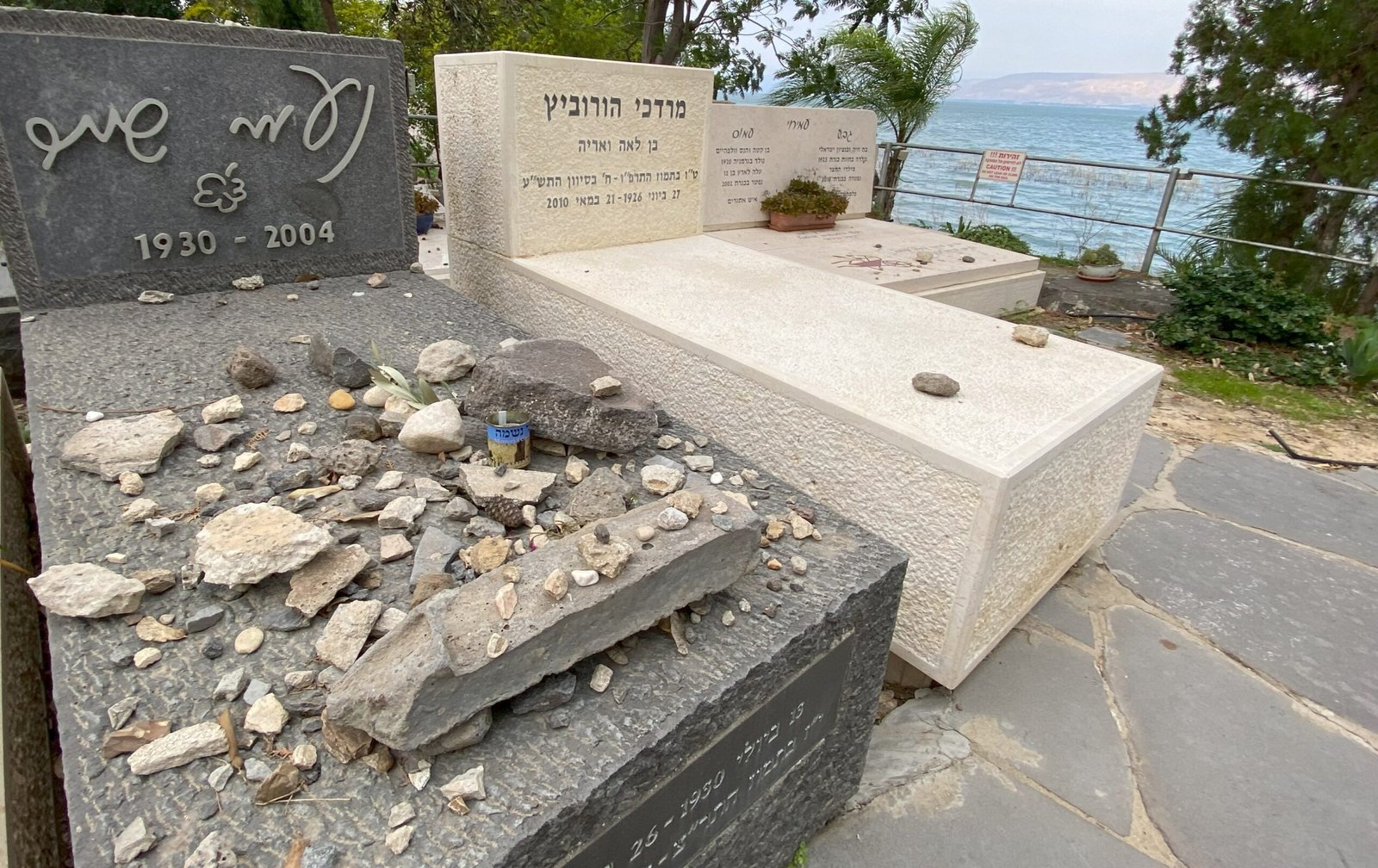

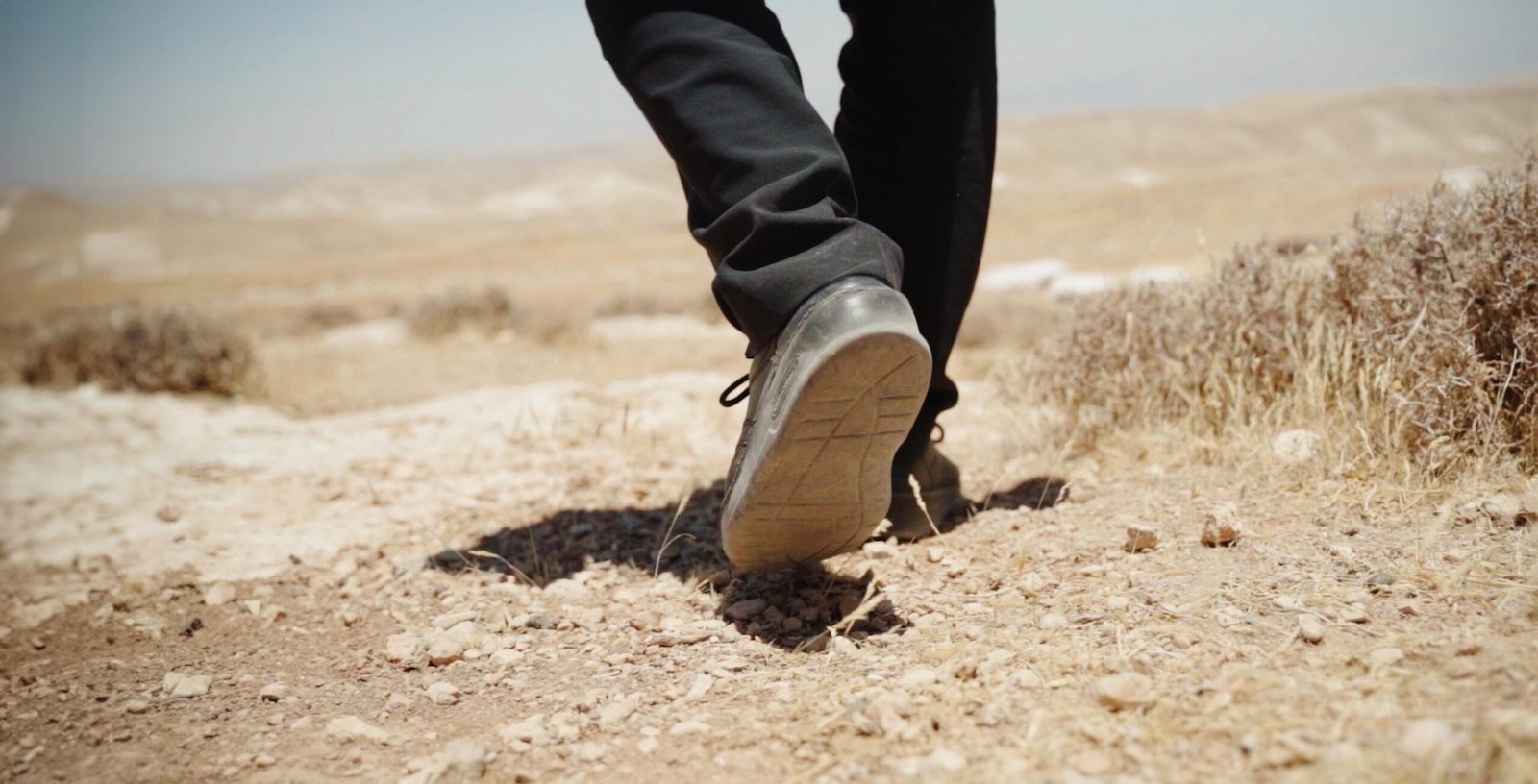








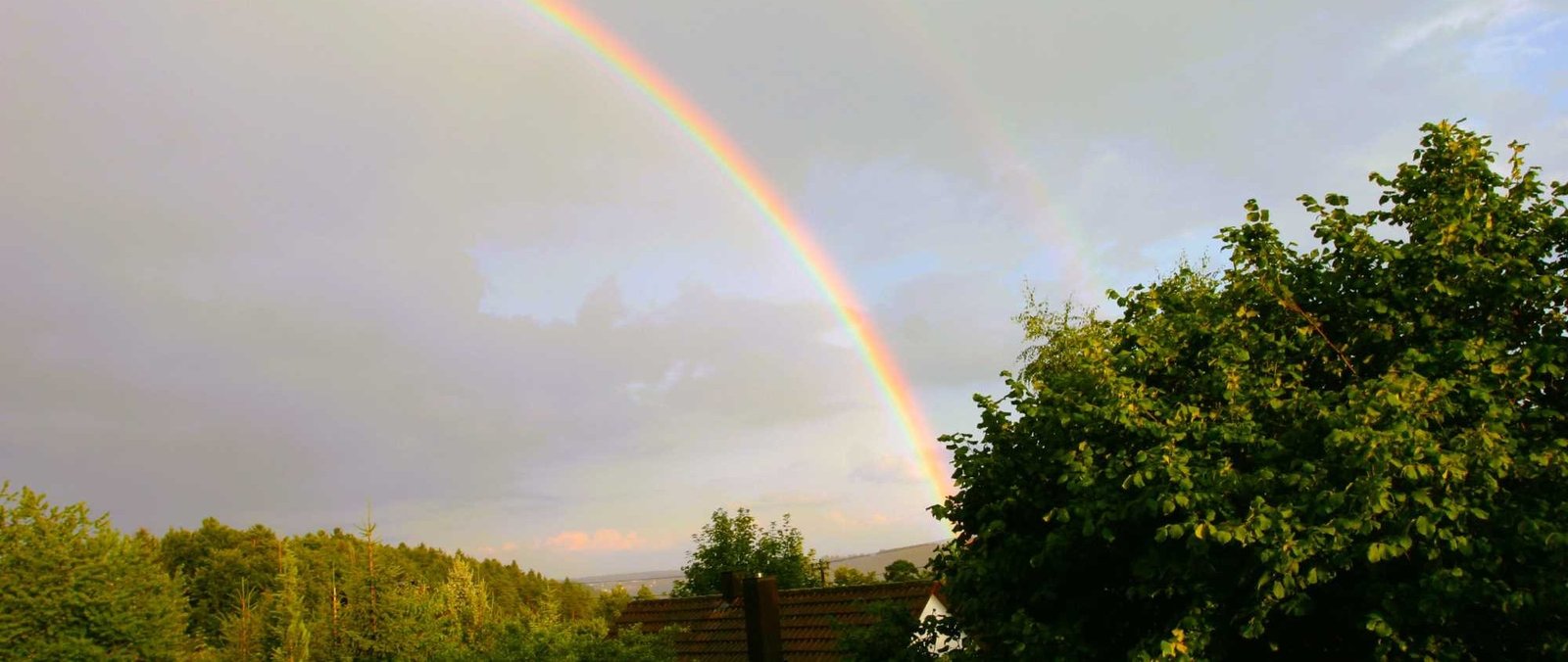
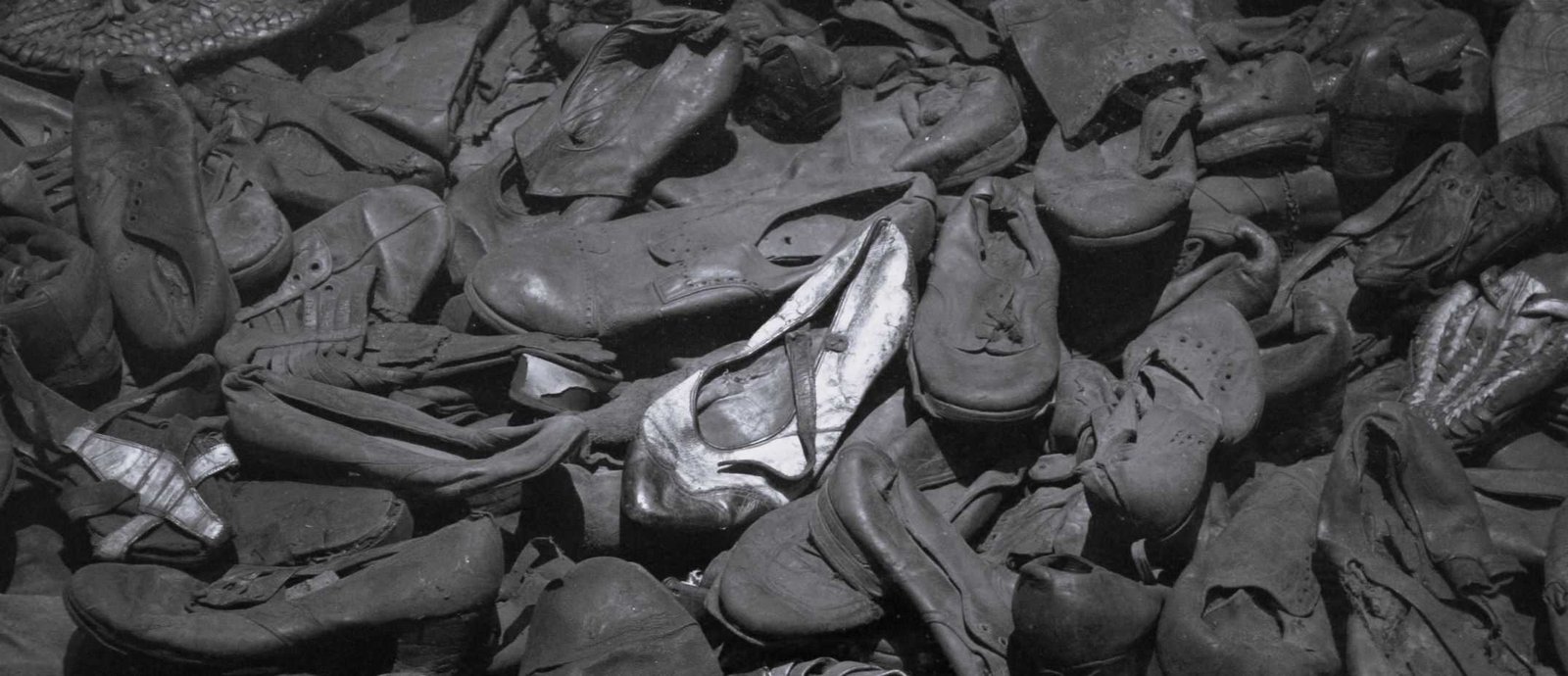


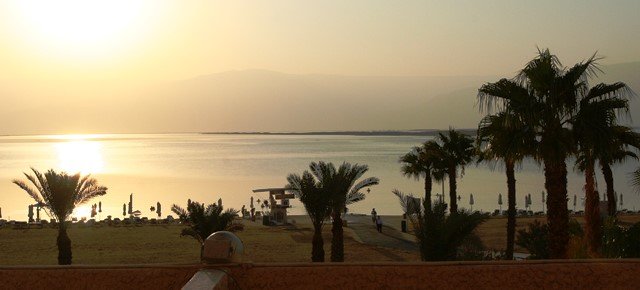




[…] It first appeared in the 12th century BCE. On a temple wall in Madinat Habu, the Egyptian pharaoh Ramses III praised his victory over his Syrian neighbors. Among the defeated he mentioned Philistaea.[1] […]